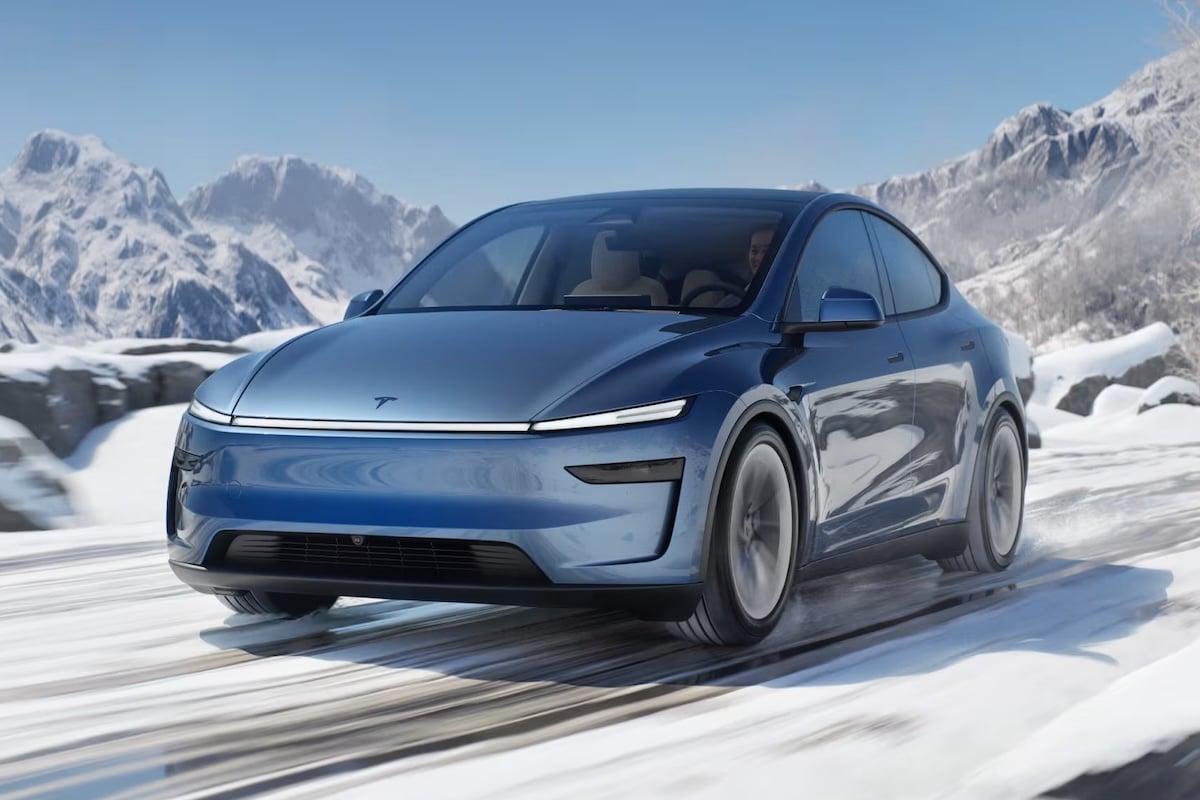Why are Tesla Model Y now limited to 201 km/h?

The revamped new version of the Tesla Model Y sees its top speed drop from 217 to 201 km/h. What are the reasons behind this?
Tesla is currently the only global manufacturer that does not bother to publish detailed press releases outlining the specifications of its products. Whether new or restyled, there’s a complete silence. We know absolutely nothing about the dimensions, volumes, motor technologies, or battery capacities. No spokesperson or engineers speak out to explain the choices. No one is reachable: “Buy, and be quiet!“.
This approach, let’s say, is peculiar and mainly opens the door to many interpretations and hypotheses. For example, one speculation is to explain why the Tesla Model Y 2025 is now limited to 201 km/h, compared to 217 km/h recently… or even 250 km/h for the Long Range All-Wheel Drive version a few months ago.
On paper, this decrease is quite negligible because nobody really risks reaching these speeds with 2-ton electric vehicles, especially at risk of the range dropping dramatically over just a few dozen kilometers.
Hidden savings?
Safety doesn’t really come into play here, because even at 201 km/h, impacts are serious. Nonetheless, being symbolically above 200 km/h is a performance indicator in the subconscious of customers. The main reason for this top speed reduction is related to the use of electric motors with lower rotational speeds. They are technologically less advanced and cheaper.
The same applies to the homologation of tires, which can now have lower load and speed ratings. High-performance tires are expensive, and multiplying this cost by millions annually creates enormous economies of scale.
Tires with lower speed ratings can also last longer (a common criticism of Teslas is that their tires wear out very quickly), because they undergo less thermal and mechanical stress. Similarly, such tires, suited for lower speeds, may offer reduced rolling resistance, thus improving the vehicle’s range, Tesla’s main commercial challenge, especially with a Model Y that has not evolved technologically.
Reliability concerns?
The durability of mechanical components also comes into play. By limiting the maximum speed, Tesla aims to reduce wear on parts, which translates into lower maintenance costs for users and fewer warranty claims.
Finally, by reducing the speed of the “family” versions, Tesla creates a differentiation within its lineup: the Model Y Performance, aimed at customers seeking excitement, maintains higher speeds, justifying its higher-end positioning and price.
The next logical step could be an electronic limiter set around 180 km/h, similar to many automakers in Europe.
ALSO READ: New Tesla Model Y: Fans find it hideous!
This page is translated from the original post "Les Tesla Model Y désormais bridées à 201 km/h. Pourquoi ?" in French.
We also suggestthese articles:
Also read






